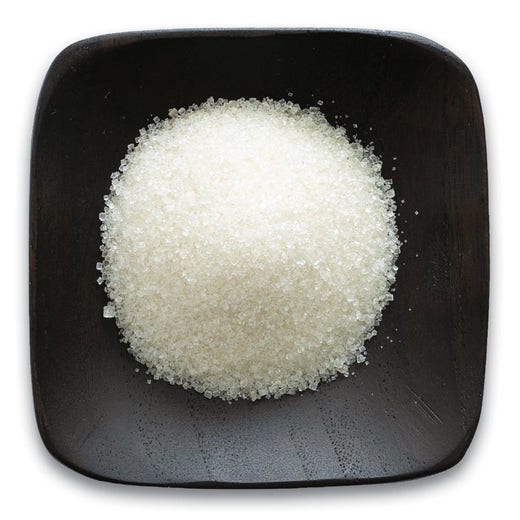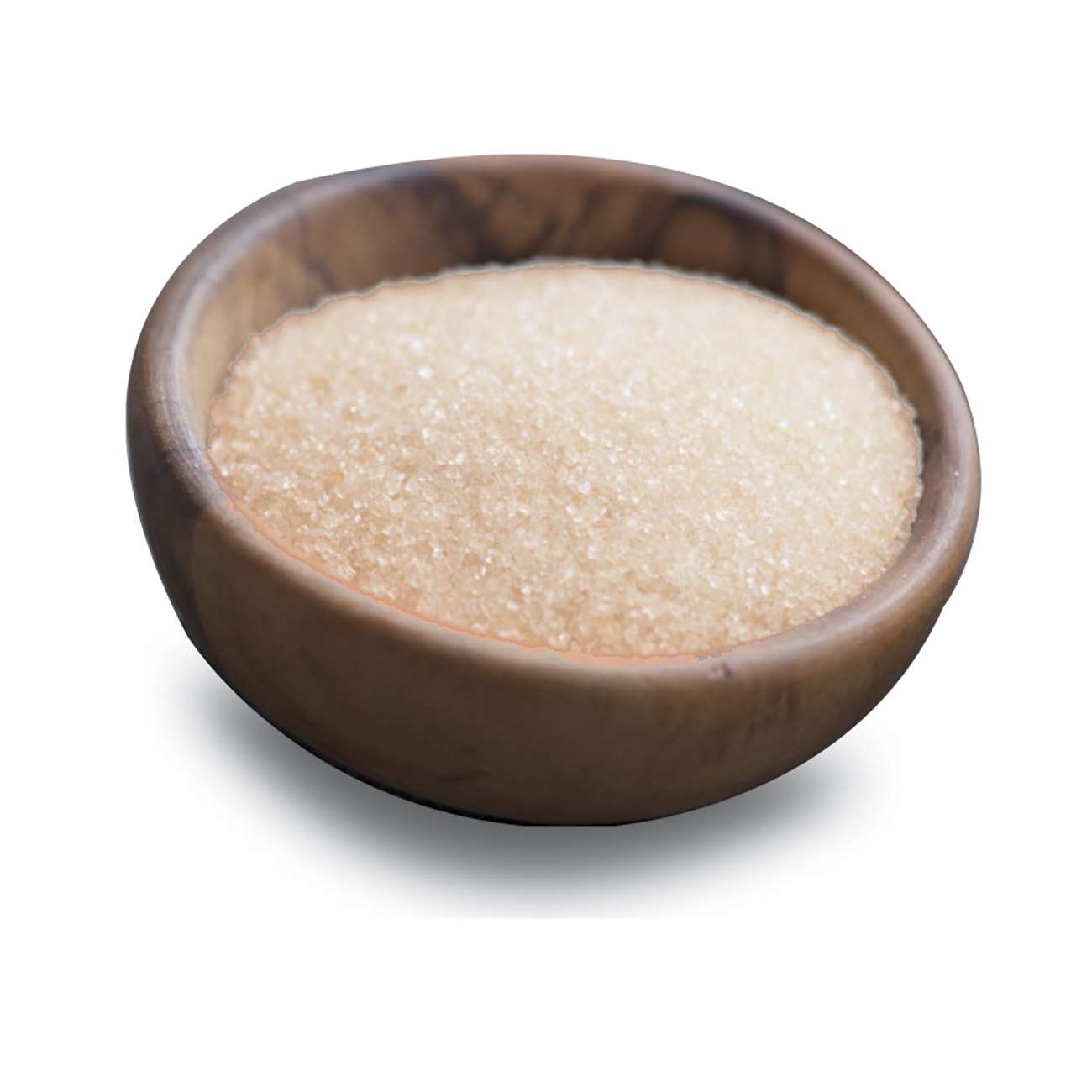Comprehending the Crucial Methods and Technologies Used in Modern Cane Sugar Handling
The development of walking stick sugar handling has actually been dramatically formed by the assimilation of sophisticated methods and innovations that resolve both performance and sustainability. As we discover these essential advancements, it comes to be crucial to check out how they not only enhance manufacturing yet additionally straighten with wider industry fads and customer needs, elevating concerns regarding the future of sugar handling and its effects for international markets.
Historic Context of Walking Stick Sugar Processing
The historic context of walking stick sugar processing exposes a rich tapestry of farming advancement and cultural exchange that has actually formed its development over centuries. Stemming in Southeast Asia, sugarcane was cultivated as early as 8000 BCE - Cane Sugar Processing. The process of removing and fine-tuning sugar acquired momentum in India, where approaches for condensation were perfected around the sixth century. This understanding went across to the Middle East, and by the 12th century, sugar became a valued commodity in Europe, causing the establishment of sugar haciendas in the Mediterranean.

Advanced Removal Techniques
Performance in walking cane sugar extraction has seen considerable innovations, driven by the need for higher yields and lower production expenses. This method not just enhances sugar yield but likewise minimizes the power needed for handling.
Additionally, the adoption of membrane filtration innovations, such as nanofiltration and reverse osmosis, has revolutionized the separation of sugar from pollutants. These approaches permit the careful permeation of sugar particles while retaining larger contaminants, enhancing the removal process and reducing waste.
Furthermore, the combination of continuous extraction systems has resulted in enhanced functional performance. Cane Sugar Processing. These systems keep a consistent circulation of cane material, making certain optimum removal problems and minimizing downtime related to batch processing
Innovative Refining Technologies
Refining techniques in walking cane sugar processing have actually gone through a transformative shift, driven by the need for higher pureness and enhanced product high quality. One of one of the most significant technologies is the fostering of membrane purification innovations, such as ultrafiltration and nanofiltration. These procedures successfully remove pollutants and colorants without the need for considerable chemical therapies, thereby protecting the sugar's all-natural flavor and boosting its appeal.
An additional significant improvement is the use of ion exchange materials, which permit careful elimination of unwanted ions from sugar services. This modern technology not only raises the overall pureness of the end product however additionally contributes to minimized waste and environmental influence.
Additionally, innovations in adsorption techniques, using turned on carbon and various other sophisticated materials, have proven efficient in decolorizing sugar services while preserving optimal top quality. The integration of these ingenious refining modern technologies ensures that makers can generate polished sugar with premium clarity and taste, satisfying the progressing choices of customers.
Automation and Control Equipment
Current developments in refining modern technologies have actually led the way for significant improvements in automation and control systems within cane sugar processing facilities. These systems use innovative software and equipment to boost functional effectiveness, minimize human mistake, and make sure constant item high quality.
Modern automation integrates different components, including original site sensors, actuators, and programmable reasoning controllers (PLCs), enabling real-time monitoring and control of crucial processes. As an example, stress, temperature level, and circulation prices can be exactly controlled during extraction, explanation, and formation phases, enhancing performance and reducing waste.
Moreover, progressed data analytics and device learning algorithms play a crucial duty in anticipating maintenance, permitting operators to expect devices failures prior to they occur. This positive technique not only minimizes downtime however also expands the life expectancy of machinery.
In enhancement, automation assists in the implementation of Sector 4.0 principles, empowering sugar mills to attain higher connection and data exchange throughout processes. Because of this, decision-making becomes even more enlightened and nimble, ultimately enhancing the total competitiveness of cane sugar manufacturing. With these developments, the sector is well-positioned to meet expanding global demands while keeping operational quality.
Sustainability Practices in Sugar Production
Sustainability methods in sugar manufacturing have ended up check that being increasingly necessary as the industry seeks to balance financial viability with environmental obligation. As customer awareness grows pertaining to the environmental influences of farming practices, sugar producers are taking on cutting-edge methods to decrease their eco-friendly impact.
One considerable approach is the implementation of precision farming strategies, which make use of data analytics to maximize source use, such as water and fertilizers. This minimizes waste and decreases the influence on local environments. In addition, lots of manufacturers are transitioning to eco-friendly power resources, such as biomass from sugarcane results, to power their procedures, thereby decreasing reliance on nonrenewable fuel sources.
Water monitoring techniques are additionally essential; rainwater harvesting and efficient watering systems aid minimize water scarcity issues. Cane Sugar Processing. Additionally, integrated pest monitoring strategies reduce chemical use, advertising biodiversity and dirt wellness
Company social obligation efforts are emerging, with firms spending in regional communities and guaranteeing reasonable labor practices. By accepting these sustainability methods, the sugar industry not just improves its online reputation yet likewise adds to a much more lasting agricultural landscape, paving the way for future generations.

Final Thought
In summary, modern walking cane sugar handling incorporates an array of innovative methods and technologies that significantly boost return, effectiveness, and sustainability. Jointly, these improvements position the cane sugar sector to meet modern demands while addressing important worldwide difficulties.
The development of cane sugar handling has been dramatically shaped by the assimilation of sophisticated strategies and innovations that address both efficiency and sustainability.The historic context of cane sugar processing discloses a rich tapestry of farming innovation and social exchange that has actually shaped its development over centuries. Advancements in milling and refining arised, laying the groundwork for modern-day cane sugar processing.Refining his response strategies in cane sugar processing have actually gone through a transformative change, driven by the need for greater pureness and improved product quality.In summary, modern-day walking stick sugar handling includes a range of sophisticated strategies and technologies that dramatically enhance return, performance, and sustainability.
Comments on “Cane Sugar Processing: Key Technologies for Superior Sugar Manufacturing”